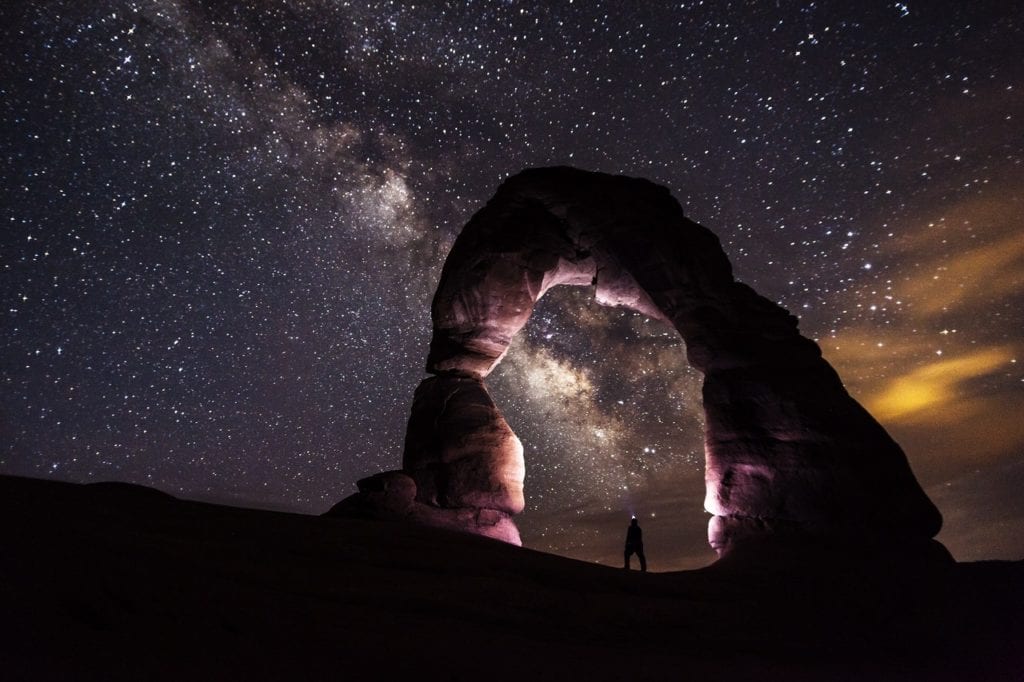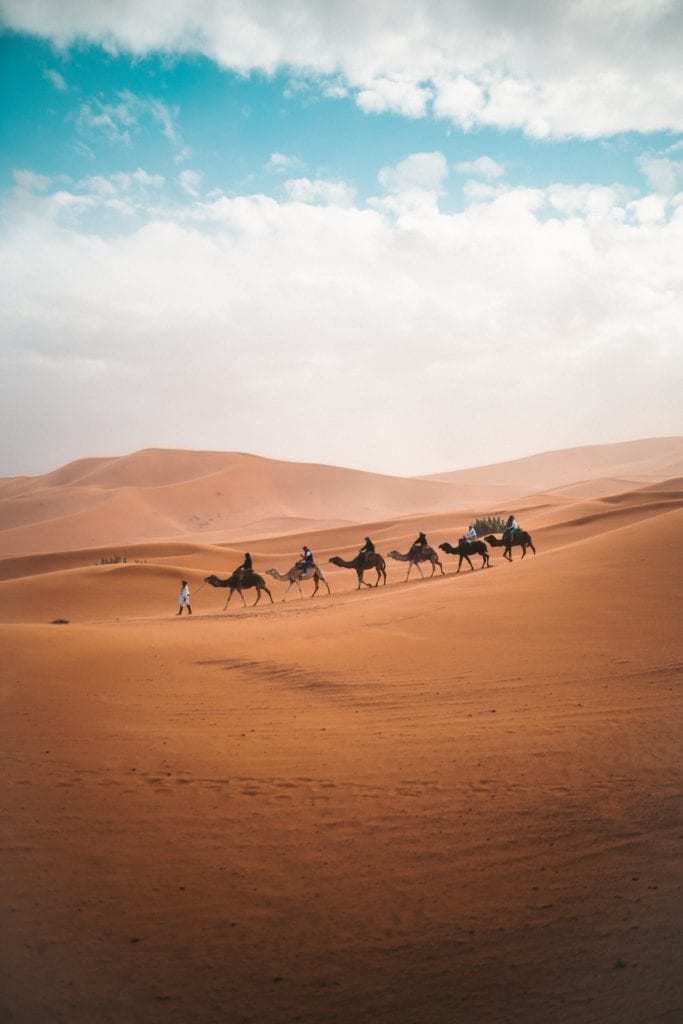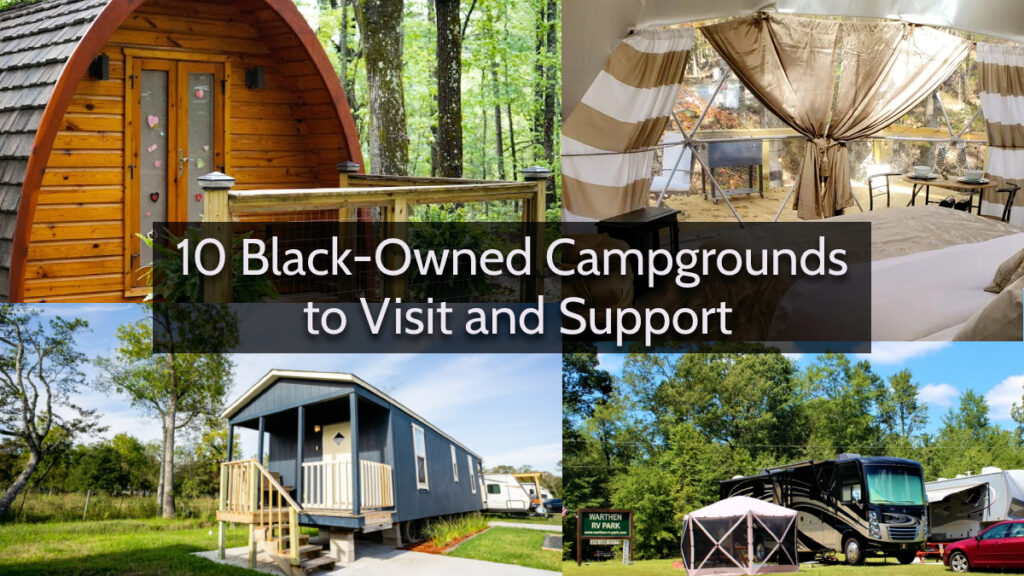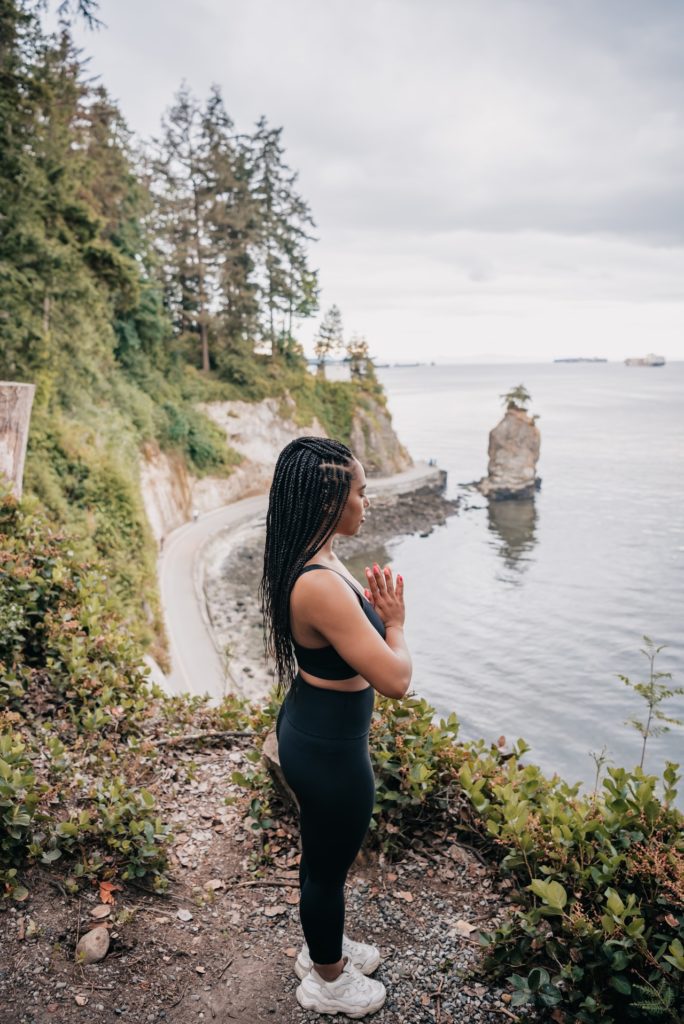Top 7 Starry Skied Destinations for Stargazing in the United States

Stargazing is one of the most captivating yet relaxing outdoor activities. All you have to do is wait until night, put on something warm, and look at the sky. A clear night sky provides a palette of stars, planets, constellations, and even temporary events like shooting stars, blinking satellites, and meteor showers. Better yet, no one night is the same.
Some skies are darker than others due to their remote locations. Light pollution from nearby cities can reduce visibility. As a result, in 1988, the Dark Sky Association was formed in the U.S. to protect dark skies, allowing for excellent stargazing. They also award “dark sky approved” parks and cities.
Here are seven Dark Sky Parks, which are top U.S. destinations to stargaze:
- Death Valley National Park, California. Enjoy the widest desert sky just a little over 100 miles away from Las Vegas. Death Valley is a Dark Sky Park with unparalleled night skies due to its isolation. It is also one of the least-visited National Parks in the country so you can have the sky to yourself. See the stars from Ubehebe Crater, Badwater Basin, or Mesquite Flat Sand Dunes. The park is best visited between October through March when temperatures are cool to comfortable and the park is nearly empty. The park offers evening ranger programs in the winter and a Dark Sky Festival in the spring. Prepare by reviewing night sky forecasts here.
- The Headlands, Michigan. The Headlands Park is in an isolated area 300 miles north of Detroit and 400 miles away from Chicago. Located on a northern shoreline of Lake Michigan, the park’s sole attraction is its International Dark Sky Park designation. The park is free to enter and open 24 hours a day. Consequently, The Headlands hosts multiple free, stargazing events for tourists. While you can’t camp in The Headlands, you are only a 10-minute drive from the lakeside town of Mackinaw City. The best months are May through October when temperatures are cool but warmer than in the winter. The driest months are also the coldest, so bring your winter clothing to see the clearest skies. Review the clear sky forecast here. A local alternative is the smaller Dr. Lawless International Dark Sky Park, halfway between Detroit and Chicago.
- Sky Meadows State Park, Virginia. Sky Meadows is located only 60 miles from D.C. and 100 miles southwest of Baltimore, so it is one of the most suburban parks on this list. Due to the rainy, warm climate of the Northeast, the best months to visit are in the shoulder season of February, October, and November, when it rains the least and is a comfortable temperature. The park offers regular “Astronomy for Everyone” evenings, in addition to other nighttime events. Check out the night sky forecast here.
- Stephen C. Foster State Park, Georgia. Located in the Okefenokee Swamp, this is a memorable park for stargazing … with alligators. The park is well-located for those in the Southeast, 90 miles from Jacksonville, FL, and just under 300 miles south of Atlanta. The best months are October through May when there is less rain and temperatures are mild. The park hosts semi-regular astronomy events. Prepare for your night visit by reading the sky forecast here.
- Pisgah Astronomical Research Institute, North Carolina. This scientific non-profit, known as PARI, is located in the Pisgah National Forest, 50 miles southwest of Asheville and 150 miles west of Charlotte. It offers multiple ticketed astronomy events (adult tickets are $50). However, if you’d like to see the stars yourself, stay overnight at PARI’s lodging or book a campsite at nearby Lazy J Campground (7 miles from PARI). Pisgah weather is humid, so the best month to visit is October, which only receives one inch of rain on average. Before your visit, review the clear sky forecast here.
- Grand Canyon National Park, Arizona. The next time you’re visiting Las Vegas and feel frazzled by the neon-saturated lights of the Strip, travel 250 miles east to Grand Canyon National Park, a Dark Sky Park. It is best to visit in the shoulder season months of April, May, (early) June, October, and November, since these months have the least amount of rain and are still comfortable in temperature. At the park, you can attend ranger programs and star parties. Check out the night sky conditions here.
- Big Bend National Park, Texas. This park may be the most remote park on this list, requiring a long day’s drive. Located between 300-400 miles from any major city in Texas, this park is the definition of “remote.” Its remoteness, however, makes it one of the best parks to visit for clear, dark skies. The best months to visit are January through April when you’ll experience cool, dry days. Arrive any later in the year, and your skies may be cloudy. Review night sky conditions here. Local alternatives include Big Bend Ranch State Park (also a Dark Sky Park) or Davis Mountains State Park (not a Dark Sky Park but its skies are clear).
The U.S. has many Dark Sky Parks, making for unparalleled stargazing. Remember to follow these tips from Death Valley National Park’s website when planning a night out under the stars: go during a new moon, get a sky map, and reduce your ambient light. Also be sure to check out some of our Astronomy or Stargazing groups on Outdoorsy Black Women to connect with fellow stargazers in your area and get tips they’ve learned from their stargazing adventures.





What a great article. I’ve never considered some of these places. I’m going to have to add them to my list.
Glad you enjoyed it! Where are some of your favorite places to stargaze? Or anywhere you have on your list that’s not on this list?
Yes! I attended the US Air Force Academy many moons ago and during combat survival training they took us to a clearing in a remote part of the woods and had us lay down and look up. We were covered in a blanket of stars. I felt blessed to witness it. One of my bucket list goals is to find out exactly where they took us (somewhere in Colorado between Co. Springs and Denver) and go out there, but this time with my photography equipment to capture the night sky. I’ll have to get back in shape for that hike first.
Amazing! I hope you find it so we can see those pics when you do lol. Thanks for sharing.